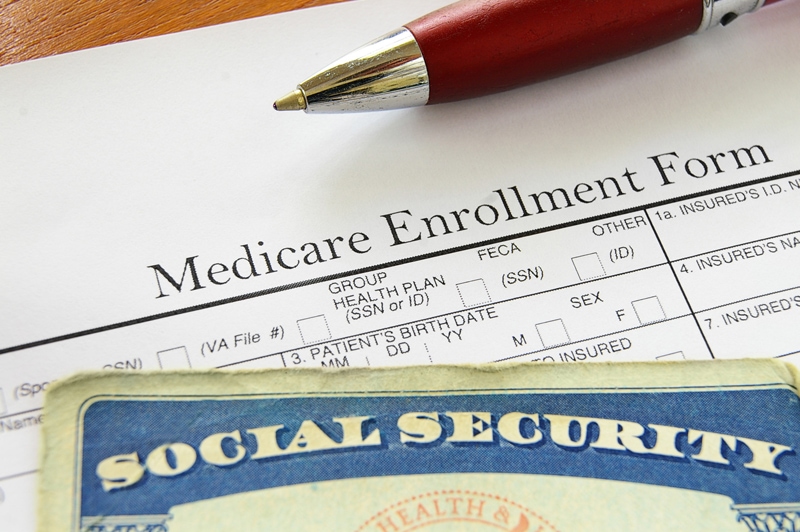The SSA (Social Security Administration) manages the social security retirement and social security disability benefit programs, both of which provide financial support to millions of Americans. To prevent fraudulent disability claims, the administration grants disability benefits only on the basis of a stringent medical record review. Retirement benefits are for retirees who have worked and paid taxes to Social Security for at least 10 years. Spousal and survivor benefits are the other benefit programs of the SSA. Medicare is also a federal program for older Americans and it is designed to provide health insurance coverage for Americans 65 or older who have worked and paid Medicare taxes for at least 10 years. Apart from this, Medicare provides health insurance benefits to disabled younger people. Medicare benefits are paid to younger people who have received social security disability benefits for 24 months and people suffering from specific diseases. Medicare benefits include Part A (hospital insurance) and Part B (Medicare insurance). If you are 65 or older and you/your spouse has worked and paid Medicare taxes for at least 10 years, you are eligible for premium-free Part A benefits. Part B Medicare typically requires a monthly premium payment.
The initial enrolment window for Medicare begins 3 months before your 65th birthday and ends 3 months after that birthday. If you fail to sign up for Medicare during this period, there will be a 10% increase in your Part B premiums for every year-long period you are eligible for coverage but don’t enrol. However, if you are 65 or older and covered under a group health plan (from your own/your spouse’s current job), you may have a special enrolment period (SEP), and may not have to pay the penalty. In other words, you may delay enrolling in Medicare Part B without having to wait for a general enrolment period and without paying the late enrolment lifetime penalty.
Social security retirement benefits and Medicare are funded by payroll taxes that are split equally between employees and employers. If you are self-employed, you have to pay both portions. You can deduct half of the self-employment tax from your business income. Social security tax rate is higher, and there is an upper income limit above which taxes are not levied. While the Medicare tax rate is lower, it is relevant to all wages.
Many people are confused about the two programs and some believe both are the same. However, they are not the same though both are managed by the SSA. The SSA is responsible for determining the eligibility for Medicare. They also handle the administrative functions of the Medicare program such as enrolment. Social security benefits are also administered by the SSA. Americans who begin receiving their social security retirement benefits before age 65 will be automatically enrolled in Medicare as soon as they turn 65.
What about eligibility for these programs?
- You qualify for Medicare when you turn 65 with a 7-month enrolment window that straddles the month you turn 65.
- Social security retirement benefits can be claimed even at the age of 62. The earlier you start collecting benefits the lower will be your monthly benefit amount. If you wait till you turn 70 to claim retirement benefits, you will receive the highest monthly income payments.
There are certain similarities between Medicare and Social Security, but they are different programs. Social security disability program is distinctive and involves diverse processes such as medical chart reviews and other formalities to determine disability. Older Americans may be beneficiaries of both the programs and receive both social security retirement benefits as well as health insurance benefits from Medicare. To gain maximum advantage from these federal benefit programs, you must understand what each program is and how the benefits are paid.




